Sir Thomas Richard Edmund SouthwoodGOM DL FRS was a British biologist, professor of zoology and vice-chancellor of the University of Oxford. A specialist on entomology, he developed the field of insect ecology and the development of study techniques. He wrote a landmark textbook on Ecological Methods that went into numerous editions. He also was well known for developing the field of entomology through mentorship of a circle of researchers at Silwood Park.
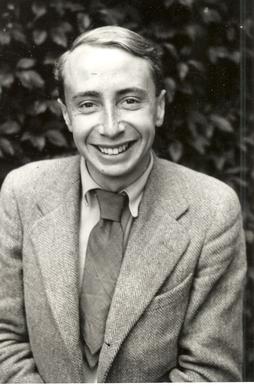
Sir Edward Penley Abraham, was an English biochemist instrumental in the development of the first antibiotics penicillin and cephalosporin.
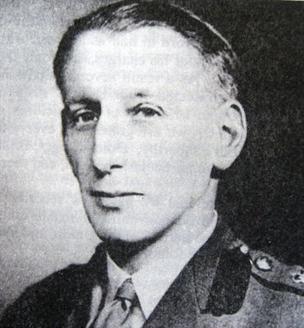
Sir Basil Ferdinand Jamieson Schonland OMG CBE FRS was noted for his research on lightning, his involvement in the development of radar during World War II and for being the first president of the South African Council for Scientific and Industrial Research.

Queen Elizabeth College (QEC) was a college in London. It had its origins in the Ladies' Department of King's College, London, opened in 1885 but which later accepted men as well.
Donald Devereux Woods was a British microbiologist.
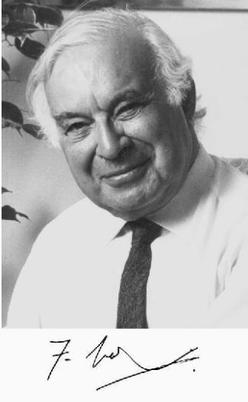
Frank Reginald Nunes Nabarro MBE OMS FRS was an English-born South African physicist and one of the pioneers of solid-state physics, which underpins much of 21st-century technology.

John Yudkin FRSC was a British physiologist and nutritionist, and the founding Professor of the Department of Nutrition at Queen Elizabeth College, London.

Patricia Hannah Clarke FRS was a British biochemist.
William Harding le Riche was a South African–born Canadian epidemiologist. He was Professor of Epidemiology (emeritus) at the University of Toronto.
Emmy Klieneberger-Nobel was a German Jewish microbiologist and a founder of mycoplasma bacterial research. She performed most of her research at the Lister Institute in London, England, after having been expelled from Germany by the Nazis.
Geoffrey Vincent Raynor FRS was an English metallurgist and university academic.
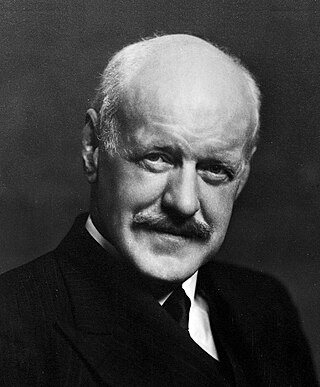
Thomas Renton Elliott was a British physician and physiologist.

Muriel Robertson, FRSTM, F.I.Biol was a Scottish protozoologist and bacteriologist at the Lister Institute, London from 1915 to 1961. She made key discoveries of the life cycle of trypanosomes. She was one of the founding members of the Society for Microbiology, along with Alexander Fleming and Marjory Stephenson.
Sir James Baddiley FRS FRSE was a British biochemist.
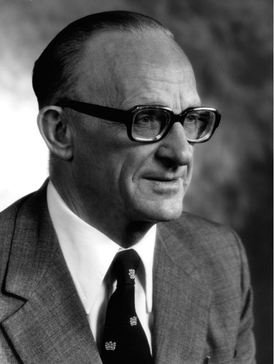
Harry Smith was a British microbiologist, and Professor of Microbiology, at the University of Birmingham.
Renee Elizabeth Sockett is a professor and microbiologist in the School of Life Sciences at the University of Nottingham. She is a world-leading expert on Bdellovibrio bacteriovorus, a species of predatory bacteria.

George Bellamy Mackaness was an Australian professor of microbiology, immunologist, writer and administrator, who researched and described the life history of the macrophage. He showed that by infecting mice with intracellular bacteria, macrophages could be activated to attack other bacteria, triggering further research on "macrophage activation", a term he has come to be associated with.
James Howard Brown was an American professor of bacteriology. He was the president of the American Society for Microbiology in 1931.
Perry William Wilson was an American microbiologist and biochemist. He gained a scientific reputation as an outstanding pioneer in transforming the science of biological nitrogen fixation. His research helped to transform a mainly descriptive science into a more quantitative and analytic science based on biochemistry and statistical methods and control in bacteriology. He was called the "dean of biological nitrogen fixation".









